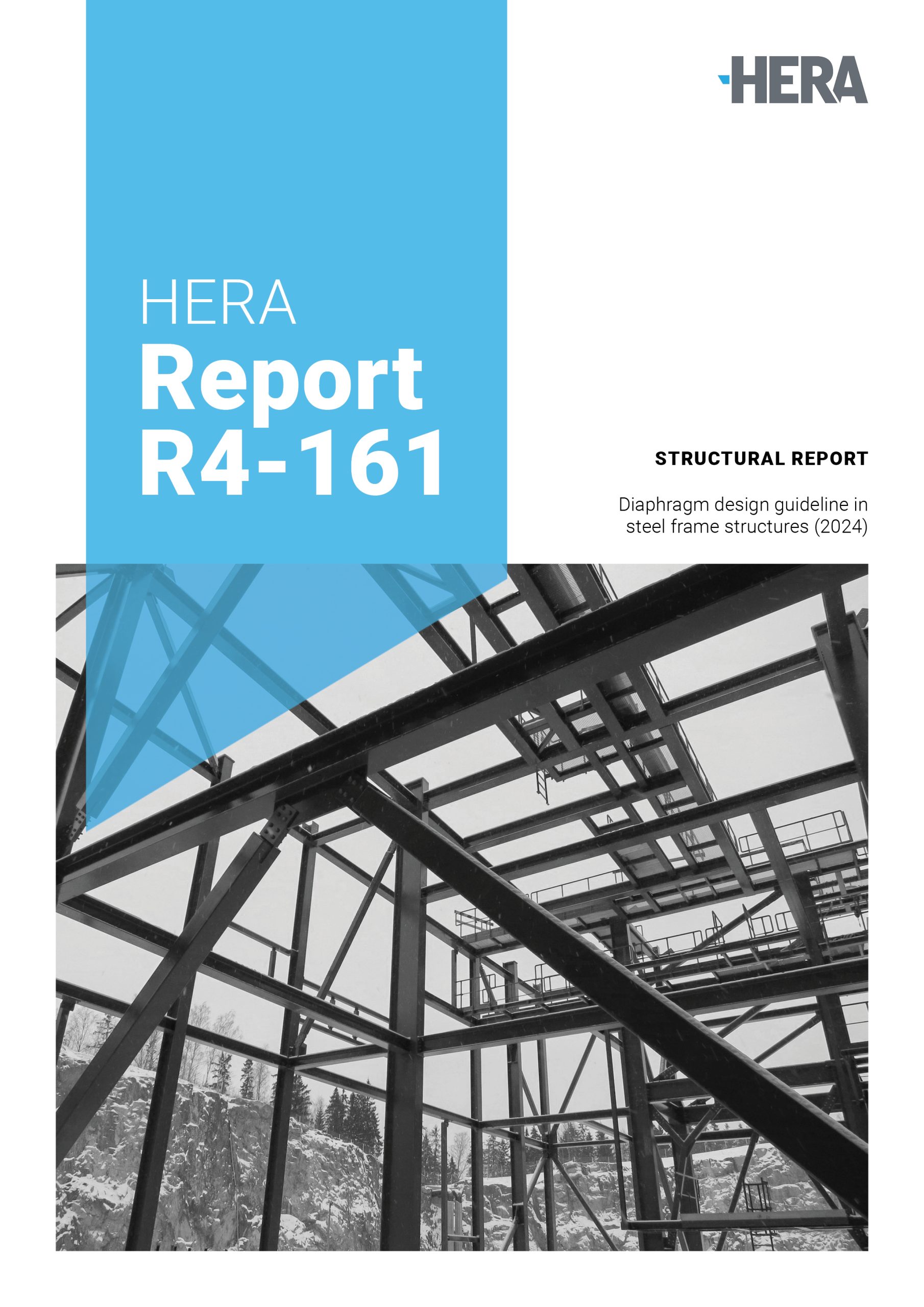Description
+-
| Author: | Dr. Saeid Alizadeh |
|---|---|
| Edition: | R4-161: 2024 |
| Price: | PDF:
Platinum Ordinary Members FREE If you wish to purchase a hardcopy please email info@hera.org.nz |
| Abstract: | Floor diaphragms play a key role in providing structural integrity. They resist gravity loads and transfer such loads to the gravity force-resisting system of the structure. They also provide lateral support to vertical elements, resist horizontal forces from various sources (e.g., wind action on exterior walls and cladding, seismic-induced forces), and transfer these loads to the vertical lateral force resisting (VLFR) system(s) of the structure.
Diaphragm design is generally a complex task due to irregularly shaped floor plan layouts, large penetrations, and irregular layouts of vertical lateral load-resisting elements. In general, diaphragms must be strong enough to sustain in-plane demands arising from different lateral loading conditions elastically or with minor local inelastic deformations. As in-plane diaphragm forces need to be transferred to the structural frames and VLFR systems, all components involved in the diaphragm in-plane force transfer should also be properly designed to form a robust load path in the structure. This guideline aims to provide the fundamental knowledge required to assist with the analysis and design of diaphragms. Engineers should use the provided information with sound engineering judgment to achieve a robust diaphragm design. |
